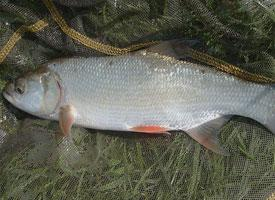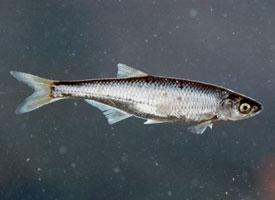
Súlyok és méretek
| Hossz | 50 cm |
|---|---|
| Súly | 1-tól 2-ig kg |
Állatleírás
The Common barbel, scientifically known as Barbus barbus, is a freshwater fish that belongs to the Cyprinidae family, which is widespread across Europe and commonly found in rivers and streams. This species is particularly well-adapted to fast-flowing waters due to its streamlined body and powerful swimming capabilities.An adult Common barbel can reach a length of up to 80-90 centimeters (31-35 inches) and weigh as much as 7-8 kilograms (15-18 pounds), although the average size is generally smaller. They have elongated, torpedo-shaped bodies that are covered in small, tightly-packed scales that provide a slippery surface. Their coloration is typically a dark, mottled brown on the back, fading to a lighter brown or yellowish shade on the sides, and transitioning to a pale, almost white underbelly. This color scheme helps them blend into their riverine environments, providing camouflage against predators.
One of the most distinctive features of the Common barbel is its barbels – four fleshy, whisker-like appendages that protrude from around its mouth. These are sensory organs that help the fish to locate food on the riverbed, as they are rich in taste and touch receptors. The barbel's diet consists mainly of benthic organisms such as insect larvae, crustaceans, mollusks, and small fish. They are known to be opportunistic feeders, foraging primarily at dawn and dusk.
The head of the Common barbel is relatively large with a broad, downturned mouth that is well-suited for bottom-feeding. Their lips are thick and rubbery, which helps them to sift through sediment and extract prey. They also possess pharyngeal teeth in their throat, which are used to crush the shells of snails and other hard-shelled invertebrates.
Common barbels prefer habitats with a gravel or sand substrate where they can search for food. They are also known to inhabit areas with submerged vegetation, which provides shelter and additional feeding opportunities. During the spawning season, which usually occurs between May and July, they migrate upstream to shallower, fast-flowing waters. Here, the females release thousands of eggs onto the riverbed, which the males then fertilize. These eggs are adhesive and stick to the gravel, providing some protection from being washed away.
The Common barbel is a resilient species with a strong homing instinct, often returning to the same spawning grounds each year. They are also a popular target for anglers due to their fighting spirit and the challenge they present when hooked. Despite being a hardy species, they are susceptible to pollution and habitat degradation, which can impact their populations. Efforts to maintain clean and healthy river systems are crucial for the conservation of this species and the ecosystems they inhabit.
In summary, the Common barbel is a distinctive and fascinating freshwater fish that plays an important role in river ecosystems across Europe. Its specialized adaptations, such as the sensory barbels and strong swimming abilities, have allowed it to thrive in the dynamic environments of fast-flowing rivers.
Hasonló állatok
Új állatfotók
Top 10 állat
- Dolphin gull (Leucophaeus scoresbii)
- Japanese macaque (Macaca fuscata)
- Stone loach (Barbatula barbatula)
- Russian tortoise (Testudo horsfieldii)
- Galápagos tortoise (Geochelone nigra complex)
- Greek tortoise (Testudo graeca)
- Diana monkey (Cercopithecus diana)
- Common flying dragon (Draco volans)
- Moustached guenon (Cercopithecus cephus)
- Galápagos penguin (Spheniscus mendiculus)


